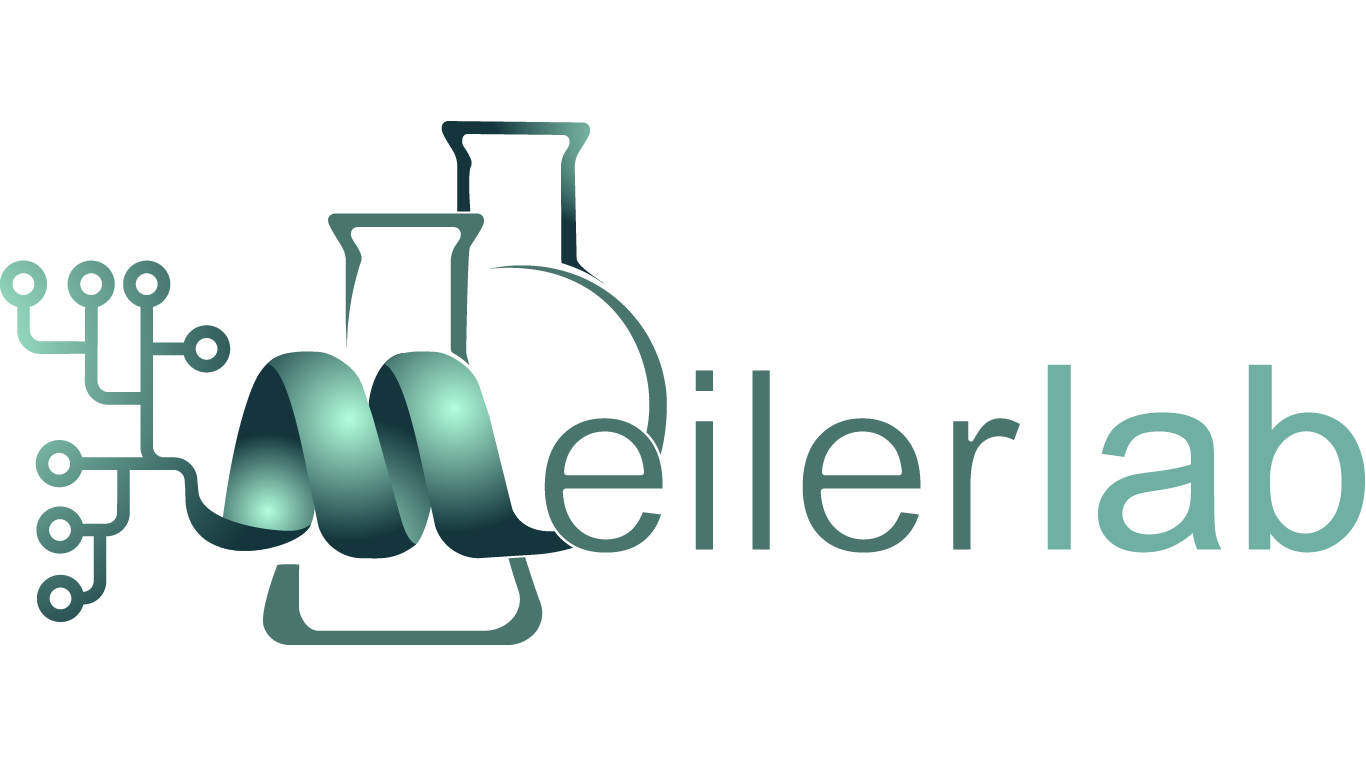
Machine Learning & BCL
With the start of the new millennium and the accumulation of huge amounts of data, both science and commerce have transitioned into the 'big data era'. Nowadays, through cheap storage space, the internet and an advance in computing power, data is accessible and, in many cases, abundant. This is the case not only for large image databases or social media, but also for bioinformatic data, including biomedical images, genomics, protein structures and many more. The analysis of this data has numerous potential applications, for both industry and academia. To extract meaningful insights from 'big data', however, new algorithms need to be developed and existing ones be tailored to specific scientific questions. Machine learning algorithms build a model based on training samples in order to make accurate predictions for unseen data, and in this process uncover underlying data patterns. It is an umbrella term historically separated into Supervised Learning, Reinforcement Learning and Unsupervised Learning. Supervised Learning comprises methods where the training data is clearly labeled into classes, e.g. regression or classification algorithms. In contrast, Unsupervised Learning algorithms are designed to handle cases with no prior labeling of classes, like clustering or dimensionality reduction methods. Reinforcement learning has the goal to train a model through rewarding wanted behavior and therefore reinforcing certain action patterns. It is employed for tasks including autonomous driving cars, Artificial Intelligence (AI) for computer games and task optimization. Nowadays, Machine Learning is used in widespread in everyday applications, from smart phone navigation, to email spam filters, speech recognition or movie recommendations.

Small Molecule Conformation Generator
Small molecule 3D conformer generation is an important aspect of both ligand- and structure-based computer- aided drug discovery. We rarely know the functionally relevant conformation of a molecule at the outset of a modeling project. ...

de-novo Drug Design
One of the main problems of all drug discovery campaigns is the gigantic chemical space. The enormous number of the possible drug-like molecules makes it impossible to test all of them, let alone enumerate them. The increasing availability ...

Deep Learning
With the start of the new millennium and the accumulation of huge amounts of data, both science and commerce have transitioned into the 'big data era'. Nowadays, through cheap storage space, the internet and an advance in computing ...

Long Loops
Two typically long loops have already been a focus of research in the Meilerlab: the ECL2 in GPCRs and the CDR H3 in antibodies. For the former a modeling approach was recently proposed by the Meilerlab in an improved ...

BCL Membrane
Prediction of membrane protein secondary structure elements, topology, and fold can be done using the BCL::MP-Fold algorithm. Given a sequence, this algorithm assembles transmembrane secondary structural elements using ...

QSPR and QSAR modeling
Quantitative structure-activity relationship/property relationship(QSAR/QSPR) are ligand-based modeling methods in which a property of a small molecule can be predicted by an algorithm that mathematically relates various chemical ...
